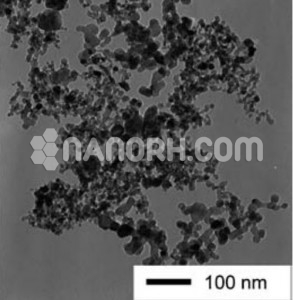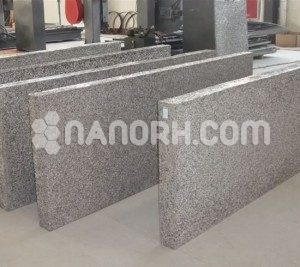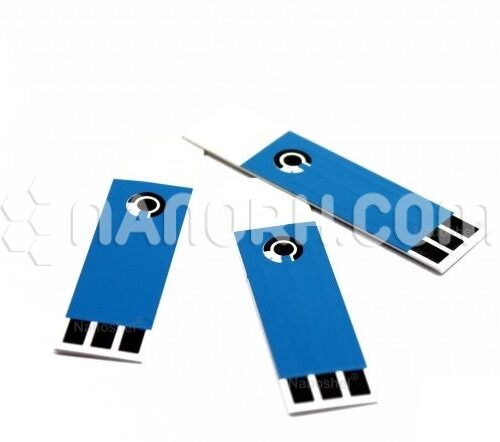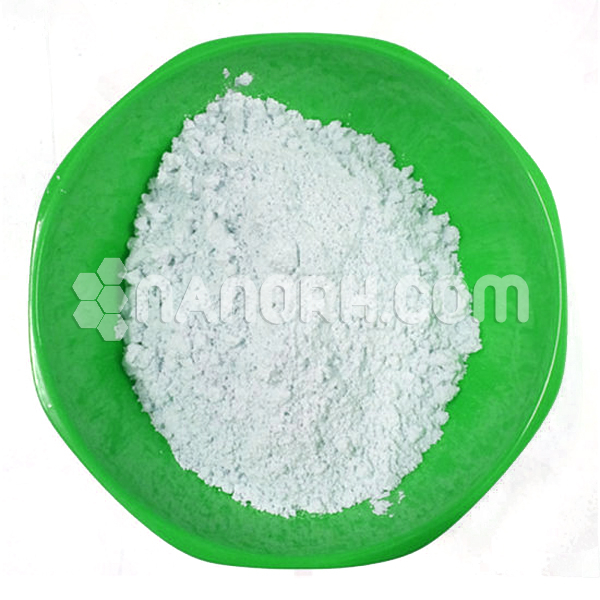| Lithium Cobalt Oxide Nanoparticles | |
| Product No | NRE-27006 |
| CAS | 12190-79-3 |
| APS | <100nm |
| Color | NA |
| Purity | 99.9% |
| Specific Surface Area | 0.4-0.75 m²/g |
| Moisture | <0.01% |
| Cycle Life | NA |
| Capacity | NA |
| Tap Density | NA |
| Ph | 2.1-2.9 g/cc |
Lithium Cobalt Oxide Nanoparticles
Lithium cobalt oxide (LiCoO₂) nanoparticles are an important material in various high-tech applications due to their unique properties, particularly their high energy density and stability. Here’s an overview of how LiCoO₂ nanoparticles are used in different product applications:
Lithium-Ion Batteries
Cathode Material: Lithium cobalt oxide nanoparticles are commonly used as a cathode material in lithium-ion batteries. They are known for their high energy density, which allows for batteries with longer run times and higher capacities.
Enhanced Performance: The nanoparticles’ small size improves the electrode’s surface area and facilitates better lithium-ion diffusion. This leads to improved charge/discharge rates, efficiency, and overall battery performance.
Energy Storage Systems
Portable Electronics: In devices such as smartphones, laptops, and tablets, LiCoO₂ nanoparticles contribute to the compact and efficient energy storage needed for long battery life and high performance.
Electric Vehicles: For electric vehicles (EVs), these nanoparticles help in developing batteries that offer higher energy density, which translates to longer driving ranges and better performance.
Medical Devices
Power Sources: LiCoO₂ nanoparticles are used in small, high-capacity batteries for medical devices, including implants, pacemakers, and other critical healthcare equipment. Their stability and energy density make them suitable for applications requiring reliable and long-lasting power sources.
Consumer Electronics
High-Performance Batteries: In consumer electronics like digital cameras, wearable devices, and other gadgets, lithium cobalt oxide nanoparticles are utilized to produce batteries that offer longer operational times and compact designs.
Compact Design: The high energy density of LiCoO₂ nanoparticles allows for the production of smaller and lighter batteries without sacrificing performance.
Renewable Energy
Backup Power: LiCoO₂ nanoparticles can be used in energy storage systems for renewable energy sources like solar and wind power. They help store energy efficiently for use when the primary energy source is not active.
Nanotechnology and Advanced Materials
Catalysis: In some advanced applications, LiCoO₂ nanoparticles are explored for their catalytic properties. They can be used in catalysis for chemical reactions or in fuel cells to improve efficiency.
Advanced Coatings: The nanoparticles can be incorporated into coatings and other materials to enhance their properties, including electrical conductivity and stability.




